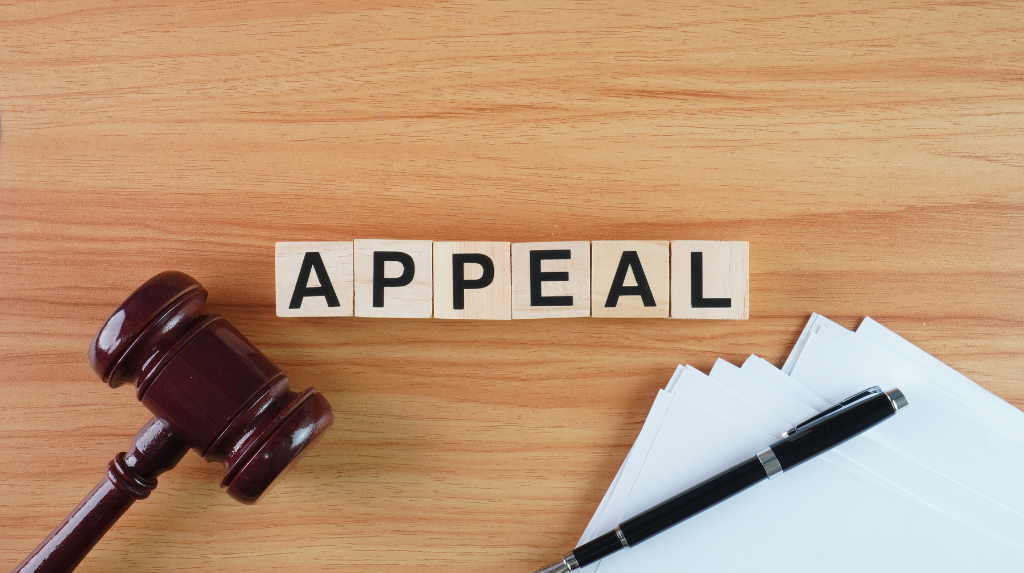Australia, with its picturesque landscapes and welcoming communities, becomes even more enticing for Nigerians when the prospect of joining a spouse or partner in the Land Down Under arises. The AUSTRALIA Spouse Visa serves as the key to uniting couples and embarking on a shared journey in this vibrant country. This guide provides a human-centric approach to navigating the application process, ensuring a smooth transition for couples seeking to build a life together in Australia.
Understanding the AUSTRALIA Spouse Visa:
The AUSTRALIA Spouse Visa, officially known as the Partner Visa (Subclass 309/100), is designed to reunite couples where one partner is an Australian citizen, permanent resident, or eligible New Zealand citizen. This visa allows the foreign partner to live with their Australian spouse or partner in Australia.
Key Features of the Partner Visa (Subclass 309/100):
- Two-Stage Process: The Partner Visa is a two-stage process, initially granting temporary residence (Subclass 309) before transitioning to permanent residency (Subclass 100).
- Eligibility Criteria: The visa is available to married and de facto couples, requiring evidence of a genuine and continuing relationship.
- Sponsorship Requirement: The Australian partner must act as the sponsor for the visa application.
Key Eligibility Criteria:
Before delving into the application process, understanding the key eligibility criteria is crucial:
- Marriage or De Facto Relationship: Provide evidence of a valid marriage or a genuine and continuing de facto relationship with the Australian partner.
- Sponsorship: The Australian partner must be willing to sponsor the visa applicant and meet certain financial and character requirements.
- Health and Character Requirements: Both the applicant and the sponsor must meet health and character standards, including health examinations and police clearances.
- Proof of Genuine Relationship: Submit compelling evidence of a genuine and ongoing relationship, including joint financial documents, shared living arrangements, and communication history.
Application Process:
Eligibility Assessment:
Assess your eligibility for the Partner Visa by reviewing the requirements and ensuring that your relationship qualifies.
Collect Supporting Documents:
Gather all necessary documents, including proof of identity, evidence of the relationship, health examinations, and police clearances.
Create an ImmiAccount:
Create an ImmiAccount on the official website of the Department of Home Affairs to initiate the online application.
Complete the Application Form:
Fill out the Partner Visa application form accurately, providing detailed information about your relationship and personal details.
Pay the Visa Fee:
Pay the applicable visa fee using the payment options provided in your ImmiAccount.
Biometric Collection and Health Check:
Attend any required biometric collection appointments and undergo health examinations as per visa requirements.
Wait for Processing:
The processing time varies, so patiently wait for a decision on the visa application. Track the progress through your ImmiAccount.
Tips for a Successful Application:
- Detailed Relationship Evidence: Provide a comprehensive array of evidence showcasing the genuine and ongoing nature of your relationship.
- Open Communication: Maintain open communication with your Australian partner throughout the application process.
- Organized Document Submission: Present well-organized and clear documents to facilitate the assessment process.
- Professional Assistance: Consider seeking professional advice or legal assistance to navigate any complexities in the application process.
Can children accompany the spouse visa applicant to Australia
Yes, children can accompany a spouse visa applicant to Australia. Here are the details regarding their eligibility and the application process:
Accompanying Children on a Spouse Visa
- Dependent Children:
- Unmarried children under the age of 18 are eligible to accompany the primary applicant (the spouse) when applying for an Australian spouse visa. This includes biological children, adopted children, and stepchildren.
- Visa Application:
- When applying for a spouse visa (either Subclass 309/100 or Subclass 820/801), you can include your dependent children in your application. They will be assessed as part of the family unit.
- Documentation Required:
- You will need to provide documentation for each child, which typically includes:
- Birth certificates or adoption papers.
- Proof of custody if applicable (for children from previous relationships).
- Evidence that the child is financially dependent on you, if necessary.
- You will need to provide documentation for each child, which typically includes:
- Children Over 18:
- Children who are over 18 years old are not considered dependents unless they are still in full-time education. If they do not meet this criterion, they will need to apply for their visa to enter Australia.
- Health and Character Requirements:
- All accompanying children will also need to meet health and character requirements as part of the visa application process. This may include undergoing medical examinations and providing police clearance certificates if applicable.
- Travel Arrangements:
- Once the spouse visa is granted, children can travel with the primary applicant to Australia.
Embarking on the journey to reunite with a spouse or partner in Australia is a significant and heartwarming step. By adhering to the eligibility criteria, diligently completing the application process, and incorporating the provided tips, couples can pave the way for a harmonious and fulfilling life together in the Land Down Under. May your journey be filled with love, shared adventures, and the warmth of Australian hospitality.
Do you need help with a Spouse Visa to AUSTRALIA?
Contact our team of skilled immigration lawyers to discuss your visa and immigration needs.
Call us at +234 812 5505 986 or WhatsApp us at +234 818 1547 085 for immediate assistance with your situation. We are available to assist you in person, over the phone, or online





